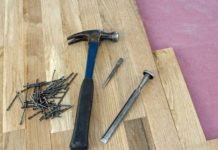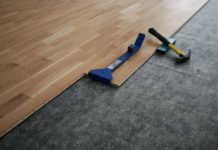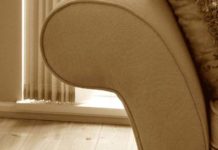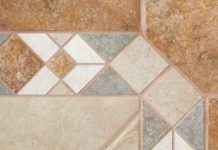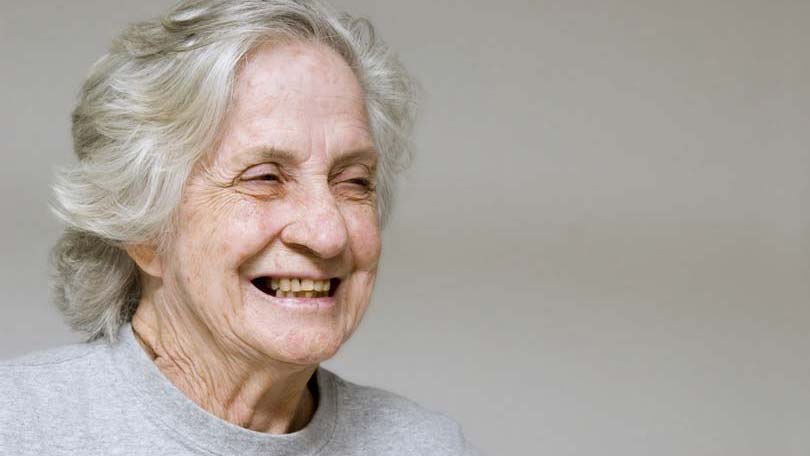
Living with elderly people often comes with a lot of change. Getting old takes its toll on the body, and the average elderly citizen has different needs and limitations. As such, it’s important to meet these needs and ensure that any home is suitable, safe and convenient for them to live in.
To help, here are a number of areas you can improve to make your home more suitable:
Bathroom
One of the more difficult, personal and sensitive issues to address is the bathroom. Independence is important so installing the right fixtures to meet the physical limits of elderly people is vital.
Handles and grips can help with balance whilst walk-in baths or showers can help reduce any risk to their health or safety whilst using the facilities. Making sure cupboards and units are at an accessible height is also important and you may want to invest in automatic shut-off valves and other gadgets which reduce the risk of flooding and health problems associated with this.
Stairs and mobility
Being able to get around unassisted is a huge part of an elderly individual’s independence in the home. The key to mobility is accessibility; make sure everything is reachable and that there is lots of empty, wide space for walking and moving around.
Unless you live in a flat or bungalow, you also have stairs which can cause a problem. The excessive bending of knees and joints is painful and discomforting for many elderly people but a stairlift can provide a simple solution.
Bedroom and other furniture
It’s already been mentioned that accessibility and independence are important – and this is something which also applies to household furniture. All items used within the home – from beds and armchairs to sofas, coaches and dining room tables – need to easy to get in and out of.
When shopping for furniture, opt for models with arms or firm supports that help older users get in and out. The height at which beds and seats are placed can also affect accessibility so give this some consideration too.
Also bear in mind if any walking aids are used, such as a wheelchair, then additional room will be needed to allow access to different areas of the home.
Lifestyle
Finally, whilst it’s easy to talk about the physical aspects of adapting your home for the elderly, it is also important to address life in the home itself. If you have elderly people living with you, a hectic lifestyle isn’t useful. Whether it’s making sure everyone eats a healthy diet or keeping a more peaceful atmosphere by turning a utility room into a spare living room so that elderly guests can escape from family mayhem from time to time, there is always something that can be tweaked to make any home more suitable for elderly residents.

